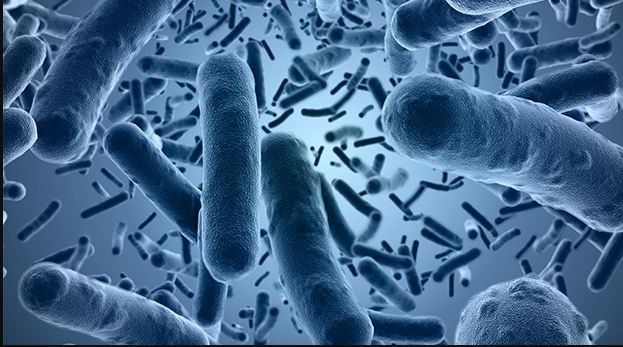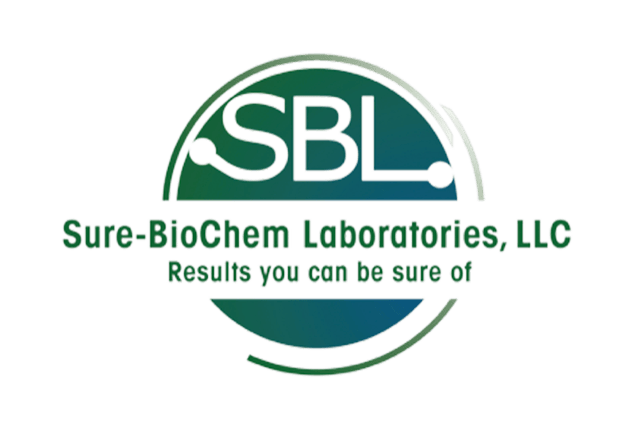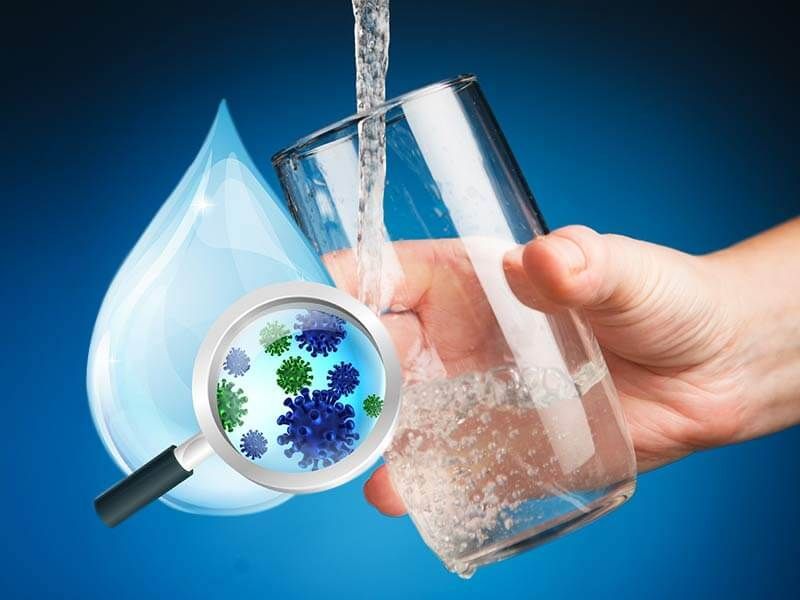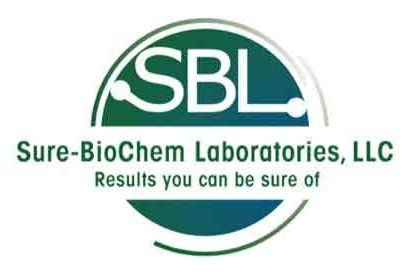How Sterility Tests Help Create Vaccines

Sterility, in relation to biology, is defined as something without contamination from microorganisms. Government sterility tests measure sterility in a different way.
A container, medical product, or device is considered sterile when the probability is less than one in a million that microorganisms may reproduce within the product. This is commonly how USP sterility would also be defined.
How Government Sterility Tests Work

So what is a sterility test and how does it work?
It would be extremely tasking to test every vial for a vaccine (for example). Instead, the sterility testing of pharmaceuticals involves creating a large number of samples and testing them during filling.
This means when a few non-sterile samples are found, it is safe to assume that the microorganisms have spread amongst the large set of containers.
A
microbiological analysis
is also a great process to complement sterility tests to ensure process validations.
Another method that scientists have found to be more helpful is sterility testing methods with broad sensitivity. This involves incubating the samples in growth media where microorganisms can be detected visually as they replicate.
What sterility tests are for
The main purpose of government sterility tests is to prevent the contamination of medical products. This is to ensure the safety of the public and to abide by Good Manufacturing Practices.
According to the
World Health Organization
, USP sterility guidelines are meant to help with a “wide range of biological medicinal products including vaccines, blood products, biotechnology products, and cell and tissue products.”
Nucleic amplification techniques
Outside of membrane filtration, which we will discuss more in the article, nucleic acid amplification techniques have been one of the greatest advancements in testing.
There are many types of government sterility tests that can detect contamination, but NAT can even screen for viruses.
This newer method, combined with previous detection methods, have a high probability of ensuring pharmaceutical products are free from microbial contamination.
Practical application for medical devices
Direct transfer is one of the many sterility testing methods. But this one in particular works best for medical devices.
Government sterility tests are very practical because they can be used in direct contact with the medical devices during the incubation period to help test for the presence of microorganisms.
The government sterility test workflow
Sterility tests begin with preparation, by placing the membrane filtration device into the pump. Then, sample filtration and rinsing to get rid of any potentially inhibiting compounds.
Then, membrane filtration devices are filled with sterile culture media. Afterwards, it’s the incubation period for 14 days. Final results are determined through a scan for any visual turbidity.
Microbial monitoring is a crucial part of any sterility test to ensure that the environment and test samples maintain their immaculacy.
Types of Sterility Tests
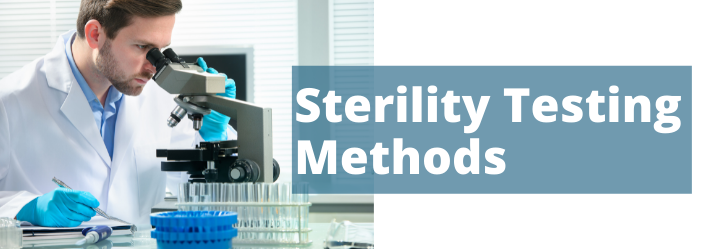
Again, USP sterility guidelines and GMP help determine how important it is to confirm that medical products do not contain microorganisms before release.
There are many ways you could
test for USP
and potentially work with seasoned scientists to ensure products are following standards.
Sterility tests require calculated accuracy because of their use for medical devices, pharmaceutical products, tissue materials, and even vaccines. Government sterility tests were crucial for the development of the Covid-19 vaccine.
Direct inoculation sterility testing
Direct inoculation involves removing a small sample from the medical product and inserting it in a growth medium. This is a place where any microorganisms can grow naturally in a monitored environment, should they be present.
However, only small volumes of the pharmaceutical product can be inoculated, which reduces the reliability of the test.
There are even instances where this sterility testing method can make the sample cloudy, which can make it hard to detect turbidity.
Membrane filtration
When someone may ask: what is a sterility test, membrane filtration is one of the most prominent methods that may come to mind.
Membrane filtration is a filtration process that physically separates molecules of different sizes and properties. It serves as a form of filtration that can be a physical barrier for microorganisms trying to replicate.
It has a lower overall production cost, high flexibility, and delivers high end product quality when it comes to government sterility tests.
Pharmaceutical sterility testing for vaccines
In order to meet the requirements of USP sterility standards, the entire sterilization validation process becomes complex. It is designed to prevent any false positive results.
A detailed guide on
USP testing specifications
could be helpful before committing to sterility test services.
In cases of vaccinations like the Covid-19 vaccine, it would be tragic if false positives occurred more often than not. This is due to laboratory contamination from the environment or a technical error.
Thankfully, sterility tests have a high success rate and led to the production of the most well-known vaccine to date.
When it comes to sterility testing of pharmaceuticals,
Contract Pharma
suggests that best practices are to use growth media meticulously to make sure it can support microbial growth. Validation procedures must also be defined early on to ensure the highest quality pharmaceutical products.
The Production of Vaccines
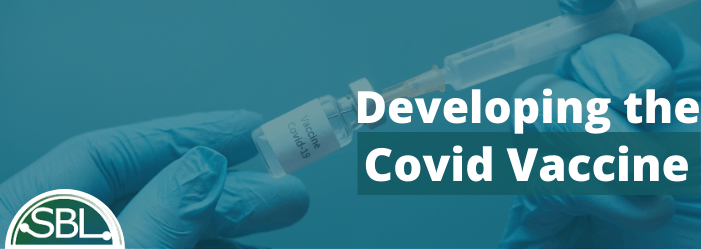
Of course for pharmaceutical products, like vaccines, that are used to medically treat viruses and infections, sterility testing is paramount. In the pharmaceutical industry, cleanrooms are a highly suggested complement to testing because of its sterile environment.
As mentioned before, there are various sterility testing methods that have turned the process into a tedious and artful one. Highly trained laboratory personnel were needed to develop the Covid-19 vaccine in record time amidst an ongoing pandemic.
Sterilization validation
Government sterility tests and sterilization validation is designed to meet the requirements of the United States Pharmacopeia in regards to microbial air and surface counts.
For vaccines, the Validation Test is needed to determine if the sample will inhibit the growth of microorganisms. The aim of a successful sterility test is stasis. Which essentially means that microorganisms cannot grow or replicate within the medical product itself.
mRNA Covid-19 vaccine
One of the most profound technologies used alongside sterility tests for the Covid-19 vaccine is mRNA.
Most vaccines trigger an immune response from bodies by inserting an unactivated version of the virus into the vaccine itself. But the Covid vaccine uses mRNA instead.
The
CDC informs us that mRNA created in a laboratory is designed to teach our cells how to make the protein that triggers an immune response on its own. This, in turn, creates antibodies that protect us from the Covid virus.
It is also intended to prevent further infections in the future.
How vaccine development occurs
In the beginning of the pandemic, researchers used a genomic sequencer to recreate the SARS virus. This sequence was shared across the globe to better understand how it caused disease.
From here, scientists analyzed the virus sequence to select the spike protein as their potential vaccine.
The spike protein is designed for a virus to attach to a cell, making it an effective antigen to teach the immune system to recognize and attack the virus if it was present in a body.
Ensuring vaccines are safe for human consumption
To reiterate, government sterility tests’ most significant purpose is to ensure that vaccines are safe for human consumption before release.
There are many different types of vaccines, like bacterial, viral, and DNA-based vaccines.
Regardless of the manufacturing process or raw materials needed, they all must go through a sterility test to make sure that they help the public, not harm them.
Ensure Your Products Can Pass a Sterility Test
Government sterility test procedures are required in many different industries, especially food and cleaning products. But the most important ones are pharmaceutical and medical, where sterility testing is a daily activity for many microbiologists.
So it becomes increasingly important to make sure that you receive sterility tests for your own products! If in any way they are consumed by humans or applied to the skin, there could be risks associated with them if false positives occur.
These risks can be prevented with an expert who knows their way around a viable sterility test!
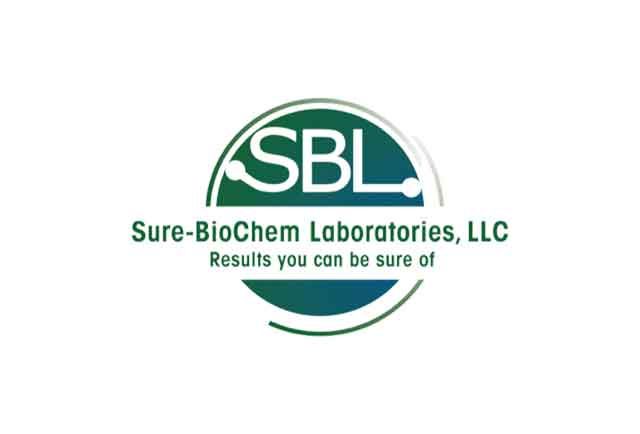
Need Our Help? Fill Out a Service Request Today!
We're here to assist you with all your needs. Please complete our service request form to ensure we provide the best possible service.
It's quick and easy—tell us a little about your request, and our team will reply promptly. We look forward to serving you!
Blog Contact Page
